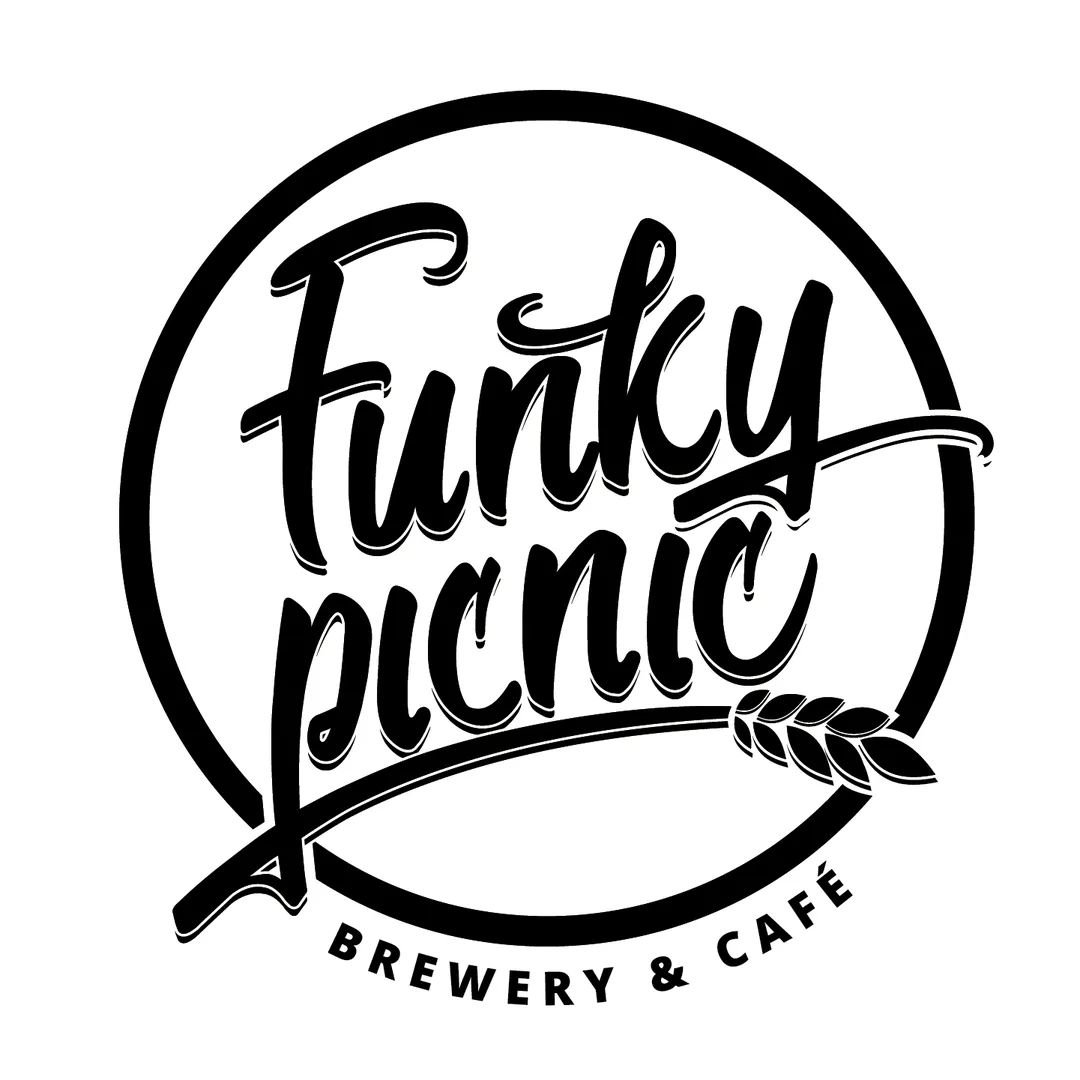History of Czech Lagers
The Czech brewing tradition gave the beer world two essential things: the still most popular beer style in the world, Pilsner, and its signature hop, Saaz. Be sure to ask our head brewer, Harper, what his favorite hop is.
Pilsner was first brewed in 1842 by Josef Groll at Bürgerbrauerei, or what would eventually become the Pilsner Urquell Brewery, and it was named for the town it was brewed in, Pilsen. Groll was a German lager brewer in the Franconia region of Germany and was recruited by Martin Stelzer for a new brewery in Pilsen. Martin had been traveling all over Europe for inspiration for this brewery and had borrowed technology and techniques from Great Britain for making pale-colored malt. The pale malt, combined with Groll’s lager brewing techniques and the local Czech Saaz hop, all came together to create what we know today as Pilsener Urquell, which was also the first fully pale beer in Central Europe.
With advances in refrigeration technology and the newly emerging railroad systems in Europe, this beer quickly spread across the continent to other brewing regions of Europe. Helles, German Pils, and Dortmunder Export, all pale lager beer styles of Germany, were evidence of this influence, but even the brown beer brewers of Belgium were inspired to create paler styles like Tripel and Blond. Pilsner made its way to America around 1874 with the second wave of immigrants coming in from Central Europe, and it has since influenced the American beer scene with the Light American Lagers that we see dominating the market today.
Except for Pilsner Urquell, the Czech brewing tradition takes a more systematic approach to naming their beer styles by lumping them into general categories based on their color and alcoholic strength. To determine what Czech beer style you are drinking, take the Czech word for the color of the beer and pair it with the term that corresponds to the ABV of the beer. Some of these terms may mean one thing but may cover a more broad range of beers.
Colors:
Světlé (svet-LEH): Pale colored
Polotmavé (po-lo-tma-VEH): “Semi-dark” or “half dark,” amber colored
Tmavé (tma-VEH): Dark (think more dark brown)
Černé (chehr-neh): Black
Styles:
Stolní pivo (STOL-nyee Pee-vo): Low ABV table beer
Výčepní Pivo (VEE-chep-nyee Pee-vo): Literally means “draft beer” but applies to low and low-moderate ABV beer
Ležák (LEH-zhak): Literally means “lager,” but applies to moderate and slightly higher ABV beers, whether they are lagers or ales
Speciál (Spet-zee-AHL): The highest ABV category of Czech beers
So here at Funky Picnic Brewery & Café, our heavier and high ABV Czech Dark Lager, Czechoslovakian Hedgehog, would be a Černé Speciál style of beer. In Czechia, only Pilsner Urquell is called Pilsner, so any other beers in the same family would be classified as a Světlé Ležák due to their pale color and slightly elevated final gravity.
There are really no year-round examples brewed in North Texas, so you may just have to stick to Pilsener Urquell or the occasional Czechvar (called Budvar in Czechia), though be careful to check the brew date in case it took a while to get here from overseas and maybe skunked or oxidized. There are other American breweries starting to gain notoriety for their Czech beers, like Notch Brewing in Winston-Salem, North Carolina, and specifically Live Oak Brewing’s Pilz, Czech Pilsner.
So whether you’re swigging Pivo from day one or just getting your feet wet in the world of Czech beers, keep an eye out for these styles. Though not very prevalent in the DFW market now, they may be riding the lager wave to a brewery near you. Na Zdraví!
Author: Collin Zreet
Collin Zreet is a native Texan and is a founding member and co-owner of Funky Picnic Brewery and Café. He is a Certified Cicerone and Certified BJCP Beer Judge, specializing in beer and food pairings. When he is not thinking about beer, he enjoys spending time with his wife, Taylor, and dog, Rocco.

